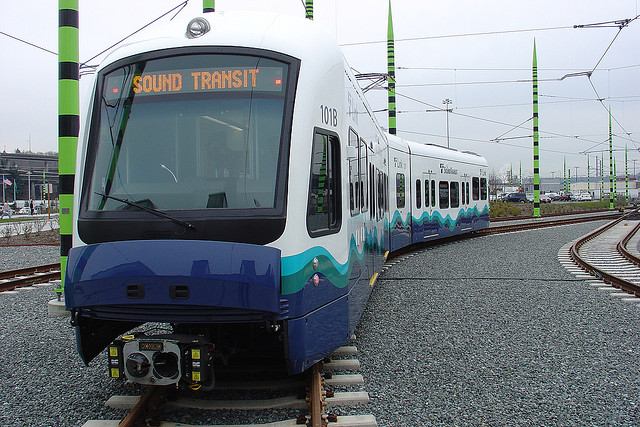
More and more American cities have been adding or expanding light rail systems in recent years. Notable examples over the past decade include Los Angeles, San Francisco, Portland, Dallas and Denver.
Light rail systems operate in busy urban environments generally utilizing their own right of way but are narrow enough and light enough that they can operate in the same environment as street traffic rather than in special corridors or tunnels. The primary goal of these systems is to reduce automobile traffic in busy areas and thereby reduce pollution, noise and congestion.
The question is: do light rail systems really accomplish this goal? Recently, a study by the University of Utah has shown that these systems really do get people out of their cars to a meaningful extent. Their data showed that Salt Lake City’s expanded TRAX light rail system has reduced auto traffic along the new University Line to levels not seen since the 1980’s. Without the light rail, the study’s authors estimated that between 9,000 and 21,000 additional cars would travel along the adjacent major thoroughfare each day. As a result, the light rail is helping to avoid gridlock as well as saving 13 tons of toxic air pollutants daily.
Other studies have shown that light rail provides health benefits as well because its riders end up walking much more than people who drive to their destinations. The Utah study validates assumptions widely used in community planning, namely, that light rail systems are a really good idea.
**********
.
Web Links
Light rail systems DO improve air pollution in cities
Photo, posted March 7, 2008, courtesy of Velo Bus Driver via Flickr.
.
Earth Wise is a production of WAMC Northeast Public Radio.